Types of Educational Placement and Provision System in Tanzania
13.1 Introduction
The previous lecture described assessment and referral services for children with special needs. This lecture introduces you to a new lesson, which is different type of educational placement in special education and the service provision in each placement.
| OBJECTIVES OF THE LECTURE
At the end of the lecture, student should be able to
|
13.2 Broad Categories of Educational Placement
A special education programme should be modified to address each individual student’s unique needs. It should be endowed with a range of services, in which students with
special needs receive services in diverging degrees based on their individual needs. Special education programmes also need to be individualized so that they address the sole combination of needs in a given student
After the identification process student with special needs are assessed to determine their specific strength and weakness. This process enables the professionals to determine the placement and service provision for each individual.
Different programmes may include changes in curriculum, supplementary aides or equipment and the provision of specialized physical adaptation to allow student participate in the educational environment to the fullest extent possible.
Student may need this service to access subject matter, physically gain access to school or to meet their emotional needs. For example, if it is determined that the student cannot write by hand because of physical disability, the school might allow the student to answer questions orally instead.
It is also possible for student who is severely distracted by normal activities in the large, busy classroom to be placed in a smaller classroom or resource room. Different approaches are used to provide special education services to identified students. These can be grouped into four broad categories namely:
I n this approach, students with special needs spend all or more than a half of the school day with students who do not have special educational needs. Inclusion require substantial modification of the general curriculum, therefore schools use it for selected students with mild to moderate special needs.
Specialized services may be provided inside or outside the regular classroom depending on the type of the service. Students may sometimes leave the regular classroom to attend smaller, more intensive instructional sessions, or to receive other related services that might require specialized equipment or that might be disruptive to the rest of the class.
The practice of inclusion is however, being criticized by some parents and some advocates because some of these children require instructional methods that differ dramatically from typical classroom methods. It is asserted that it is impossible to deliver effectively two or more different instructional methods in the same classroom.
Types of Educational Placement and Provision System in Tanzania
Parents of the typically developing children sometimes fear that the special needs of a single included student will take critical levels of attention and energy away from the rest of the class and thereby impair the academic achievement of other students.
13.2.2 Mainstreaming
The term refers to the practice of educating students with special needs in classes with non-disabled students during specific period time based on their skills. In this programme students with special needs are segregated in separate classes exclusively for students with special needs for rest of the school day.
13.2.3 Segregation
Students with special needs in this model spend no time in ordinary classroom. Segregated student may attend the same school where regular classes are provided but
spend their time exclusively in a separate room for students with special needs. If their class is located in an ordinary school, they may be provided opportunities for social integrations, for example playing or eating together.
13.2.4 Exclusion
A child who does not receive instruction in any school is excluded from school. This might occur when the child is in the hospital, housebound or detained by the criminal justice system. The child may receive one-on-one or group instruction.
13.3 Types of Educational Placement and Provision System in Tanzania
Children with special needs require wide range of educational services and placement where they could develop their potentials. To provide for these children and their different disabilities and abilities, various educational placement and services have been established in the country.
Types of Educational Placement and Provision System in Tanzania
Ndurumo (1990) classified the services as special boarding schools (residential schools), special day schools, special classes (units), resource rooms, regular classroom with supplementary instructions and services, regular classroom with consultation services and inclusive classroom. However, other placement and provision services are commonly used in one country and not the other.
13.3.1 Special Residential Boarding Schools
These are schools for a particular disability which pupils need more protective or more intensive education settings. This kind of programme provide a wide range of specialized facilities, materials, curriculum, teacher and other trained personnel for that particular disability. However, these kinds of programme isolate children from their families and communities.
13.3.2 Special Day Schools
In this kind of programme pupil receive education and related services by specially trained teachers and other staffs, special facilities and equipments, curriculum and instructions. Its advantage is that pupils spend a part of their time with their parents and the community something which assist in developing the child’s positive self-concept and attitudes towards the society.
Types of Educational Placement and Provision System in Tanzania
13.3.3 Special Classes (Units)
Children go to a regular school but in a separate classroom with trained teacher and limited specialized equipment. Usually this is the arrangement for pupils with mild to moderate degree of impairments.
13.3.4 Regular Classroom and Resource Room
Pupils receive education under the direction of the regular classroom teacher and spend part of the time in a specially trained teacher in a specially equipped resource room. The resource room can be used for a diversity of purposes, for example as a consultation room for the regular classroom teacher to identify a specific problem or task area a child experiencing.
13.3.5 Regular Classroom with Supplementary Instruction and Services
In this type of service provision, children with disabilities receive instructions under the direction of regular classroom teacher; in addition they receive supplementary instructions and services from an itinerant or school-based specialist for that specific disability.
Types of Educational Placement and Provision System in Tanzania
13.3.6 Regular Classroom with Consultation Services
Children receive instruction under the regular classroom teacher who is supported by the on-going consultation from the specialist and trained teacher for that disability.
13.3.7 Inclusive Classroom
Children with disabilities are educated in the general classroom regardless of type and severity of their disabilities. This means that services and supports follow the children and not the reverse. The regular classroom teacher is totally in charge of the children in his /her class.
| SUMMARY
The chapter discussed that special education programmes need to be individualized to address the sole combination of needs in student. After identification and assessment processes professionals determine the placement and service provision for each individual.The general placement services are grouped in four categories namely inclusion, mainstreaming, segregation and exclusion. However, in order to provide services for children and their different disabilities and abilities, various educational placements have been established in the country. They include special boarding schools (residential schools), special day schools, special classes (units), resource rooms, regular classroom with supplementary instructions and services, regular classroom with consultation services and inclusive classroom. |

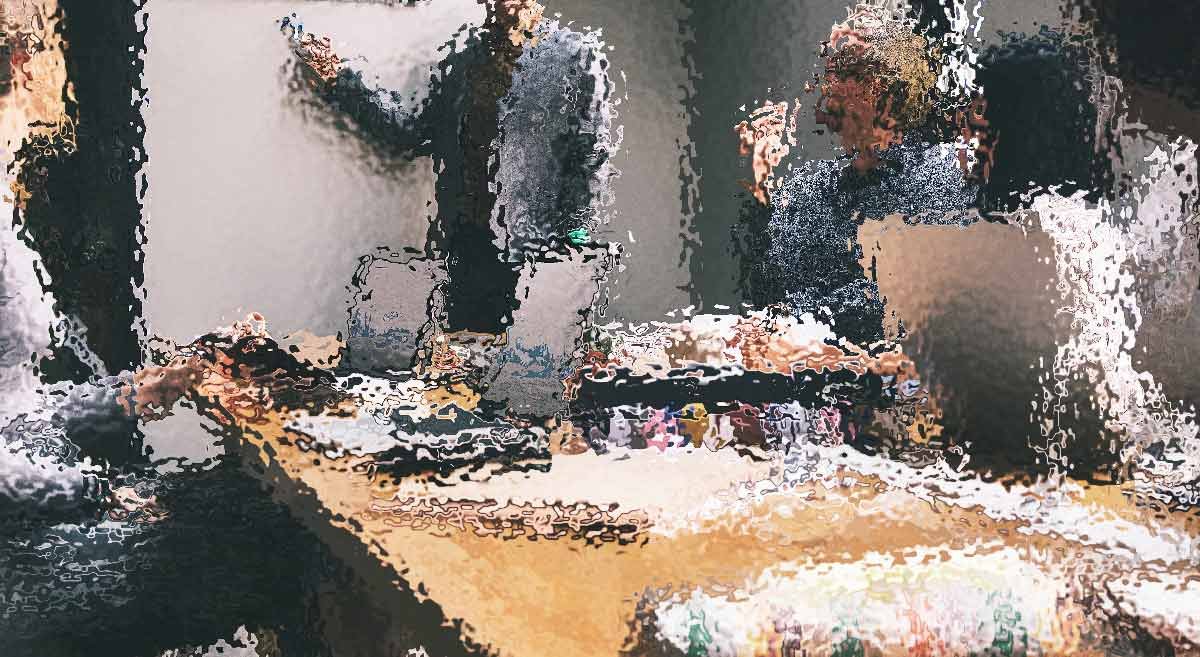
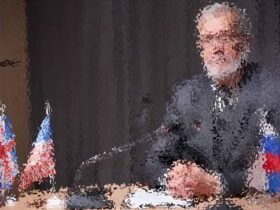

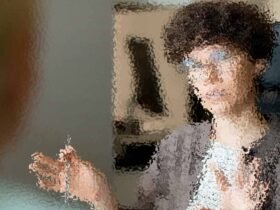

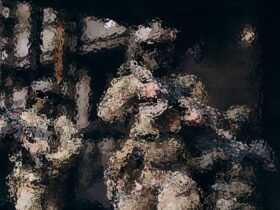
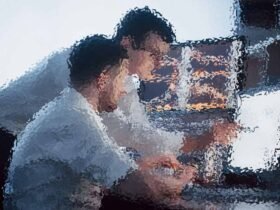
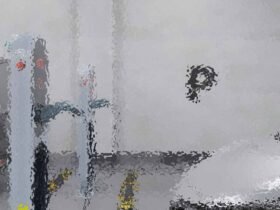


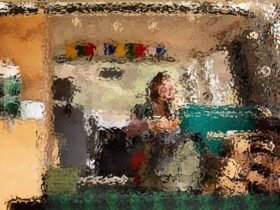

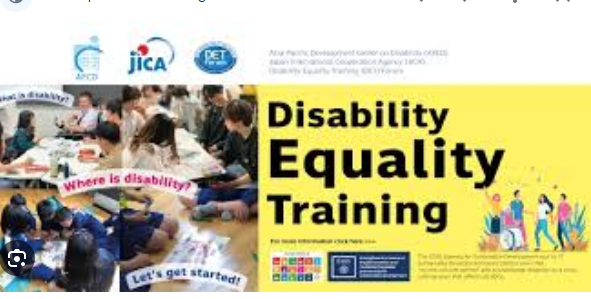


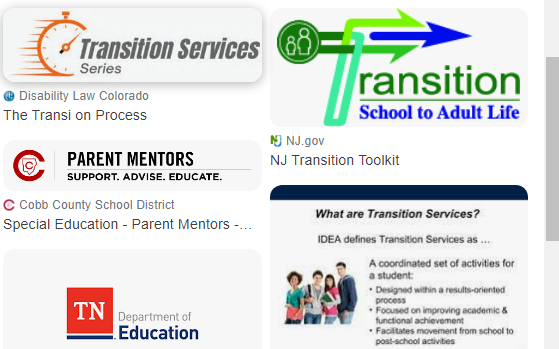
Leave a Reply